Billed as the only “true” Windows gaming tablet on the market, the ROG Flow Z13 is clearly a niche product. With its hybrid concept combining on paper the advantages of a touchscreen tablet and a gaming laptop, the ROG Flow Z13 is aimed at an extremely specific audience that values the versatility of this format without too many sacrifices in terms of performance for gaming or content creation.
But this compact solution also means accepting certain ergonomic compromises compared to a classic gaming laptop or a standard tablet, and imposes a rather high price that Asus justifies by the fusion of power and portability. The test model that 01lab was able to dissect is thus displayed at around 2800 euros in stores: is this price, more or less equivalent to six Switch 2s, totally justified?
Find the Asus ROG FLow Z13 (2025) at the best price
An original design for a concept that is just as original
A bold fusion between tablet and classic laptop, the Asus' ROG Flow Z13 boasts a distinctive form factor that clearly sets it apart from its peers. Its CNC-machined aluminum chassis gives it a certain robustness while maintaining a "relatively" compact profile: the device in question still displays 1.2 kg on the scale (not including the 580 grams of the imposing charger) for a maximum thickness of 15 mm and dimensions reaching 30 cm x 20.4 cm. The dominant black color accentuates its sophisticated and discreetly gaming-oriented look.
The front is mainly occupied by a 13.4-inch touchscreen with a 16:10 aspect ratio. This diagonal offers sufficient work and entertainment space for a tablet, while the taller format than the traditional 16:9 promotes productivity; Stylus support also highlights the device's versatility, making it suitable for artistic creation and handwritten note-taking.
The rear of the device reveals a more assertive and aggressive aesthetic, typical of the manufacturer's ROG range. Diagonal lines and the range's emblematic "06" reference are subtly engraved in the metal plate, while a transparent window, illuminated by customizable RGB LEDs, reveals some of the internal components and adds a futuristic - and original - touch to the ROG Flow Z13. Ventilation grilles are also visible on the back, ensuring essential air circulation for cooling the various components.
A 170-degree adjustable metal stand is also integrated into the back, allowing the tablet to be positioned at various angles for comfortable use on a flat surface. The design of this stand has also been revised to avoid the potentially sharp appearance of the previous model.
The ROG Flow Z13 screen: IPS panel and Gorilla Glass
Asus has chosen a touchscreen IPS panel for its ROG Flow Z13, with a resolution of 2560 x 1600 pixels (QHD+). The screen boasts a refresh rate of 180 Hz – a relevant value for gaming use – and a response time of 3 ms. Its surface is also protected by Corning Gorilla Glass 5 to offer increased resistance to scratches and potential damage during mobile use. The reflectance measured at 71 GU (a reasonable value for a glossy panel) is explained by the applied DXC coating which reduces reflections quite effectively.
The manufacturer announces a coverage of 99% of the sRGB color space and 100% of the DCI-P3 color space, a standard used in the industry cinematographic and the creation of high-end content. The screen offers in practice rich, vibrant and precise hues, fully justifying its Pantone validation. Our measurements also highlight an excellent average Delta E of only 2.9; remember that below 3, the difference between the source colors and those displayed by the screen usually becomes imperceptible.
The maximum brightness of the screen reaches 462 cd/m² according to our tests, ensuring suitable readability even in bright environments or outdoors (at the expense of battery life, however). The contrast ratio peaks at 1253:1, contributing to the depth of the image.
A detachable but not autonomous keyboard
The keyboard accompanying the ROG Flow Z13 attaches magnetically to the device via a physical connector: the hybrid design takes on its full meaning here since this detachable keyboard offers the possibility of easily and at will transforming the tablet into a productivity tool almost equivalent to a traditional laptop. The absence of a Bluetooth wireless connection, however, implies total dependence on this physical connection for its operation, but this also eliminates the need for a secondary battery which would have increased the weight of the whole thing.
Unsurprisingly, the compact dimensions of the ROG Flow Z13 did not allow Asus to integrate a numeric keypad into the keyboard. The keys are still a good size, and we appreciate their fingerprint-resistant coating. Typing comfort is basic but does not suffer from the softness that is sometimes found with this type of ultra-thin keyboard. A single-zone RGB backlight is present, but its brightness is very weak: sufficient in dimly lit environments, it will be practically invisible in moderate or strong ambient light conditions.
The integrated touchpad is relatively spacious, providing a comfortable control area for navigation and gestures. It is, however, quite rigid and offers a somewhat noisy click, in addition to being particularly sensitive to fingerprints and smudges. The keyboard also serves as a protective cover for the screen when folded, adding a layer of protection when transporting the Flow Z13.
Connectivity and connectivity: full box
The integration of comprehensive connectivity and modern wireless communication capabilities allows the ROG Flow Z13 to adapt to a variety of uses, ranging from mobile productivity to multimedia entertainment and video gaming. The tablet has two USB 4.0 Type-C ports compatible with Power Delivery and DisplayPort, which can also be used to occasionally charge the device.
A USB 3.2 Gen 2 Type-A port allows you to connect older devices without the need for an adapter. A UHS-II microSD memory card reader, an HDMI 2.1 output and a combo audio input/output connector complete this already rich connectivity. Powering and recharging the device, however, is done via a proprietary power port that allows you to connect the large – and heavy – 200-watt power adapter.
The ROG Flow Z13 finally supports Wi-Fi 7 and Bluetooth 5.4, ensuring both fast and stable internet access and energy-efficient connectivity for wireless peripherals such as keyboards, mice, headsets, or gamepads.
Fairly basic audio quality
The ROG Flow Z13's audio system isn't necessarily its strong point: the small stereo speakers provide basic sound immersion, with decent, but not exceptional, audio quality. While the volume itself is sufficient, the lack of depth in the bass is a letdown. Treble is emphasized, resulting in a relatively flat and lackluster sound. Fortunately, the sound remains clear and distortion-free even when the volume is turned up to the maximum. The tablet also benefits from multiple microphones accompanied by an AI-assisted noise reduction system that has the merit of… existing.
The ROG Flow Z13 is equipped with two cameras: a 5 MP front-facing camera for video calls and facial recognition, and a 13 MP rear-facing camera for taking photos. The front-facing webcam is good enough for video conferencing, but doesn't stand out in terms of sharpness or light management. The rear-facing camera, for its part, offers decent-quality shots, but nothing more. In short, this is not where the ROG Flow Z13 stands out.
A compact device with reduced scalability
The internal architecture of the ROG Flow Z13 unsurprisingly sacrifices hardware scalability for compactness; the AMD processor is soldered to the motherboard, as is the LPDDR5x memory, which therefore cannot be expanded if necessary. You will therefore need to choose your initial configuration carefully and anticipate your future needs when purchasing the device.
Scalability is not completely absent from the ROG Flow Z13 either: the SSD is placed in an M.2 2230 format slot. More compact than the classic M.2 2280, this format will still allow you to replace the internal storage medium if necessary with another SSD model, provided it is PCIe 4.0 compatible.
Finally, note that the tablet is compatible with Asus' ROG XG Mobile. If necessary, it will be possible to combine an external graphics card – up to the GeForce RTX 5090 – with the ROG Flow Z13 to increase its graphics performance, provided you have a good relationship with your banker.
Asus ROG Flow Z13: our performance tests
The test copy that Asus entrusted to us includes an AMD Ryzen AI Max+ 395 processor, 32 GB of LPDDR5x memory and a 1 TB SSD. However, no dedicated GPU is integrated; It is the graphics solution integrated into the processor – a Radeon 8060S with 40 processing units – which is responsible for managing the display.
It's clear that when it comes to office performance, the ROG Flow Z13 delivers on all its promises: aided by its processor capable of reaching a maximum frequency of 5.15 GHz (in ideal conditions), the tablet proves to be faster than many conventional laptops.
The graphics performance is also very acceptable and allows you to play recent titles in Full HD with high graphic details, at least as long as you don't use ray tracing. Of course, we are still far from the performance offered by a dedicated graphics card, but the result is very respectable for an integrated graphics solution!
Finally, the storage system offers speeds that are average for what you'd find in a typical laptop. In practice, the SSD's performance is sufficient to provide a smooth everyday experience.
A battery life below our expectations
Equipped with a 4-cell 70 Wh battery, the ROG Flow Z13 has a battery life that's lower than many laptops according to our new test protocol. While not necessarily bad, the battery life of just over eight hours is slightly disappointing for a device of this type, even if Asus has improved this aspect compared to the previous version of the Flow Z13.
Recharging also takes longer than expected, with almost 2h10 to fully recharge the battery despite using the 200 watt charger: in practice, the average charge is carried out at only around forty watts, with a very temporary peak at 90 watts...
Noise, Temperature, and Power Consumption
With noise measured at 38.4 dB(A) under full load, the ROG Flow Z13 remains “relatively” quiet considering its compact size and 91 watts of peak power consumption. On the other hand, the consumption at rest, measured at 18 watts, is rather high and partially explains the very average autonomy.
Temperatures are quite reasonable: the keyboard is independent of the device, so it remains at room temperature regardless of the tablet's workload. The cooling system is also quite effective, with the hottest point on the back of the device only reaching 42°C. So there's no risk of burns if you use the ROG Flow Z13 on your knees, especially since the hot air is expelled through the top edge.

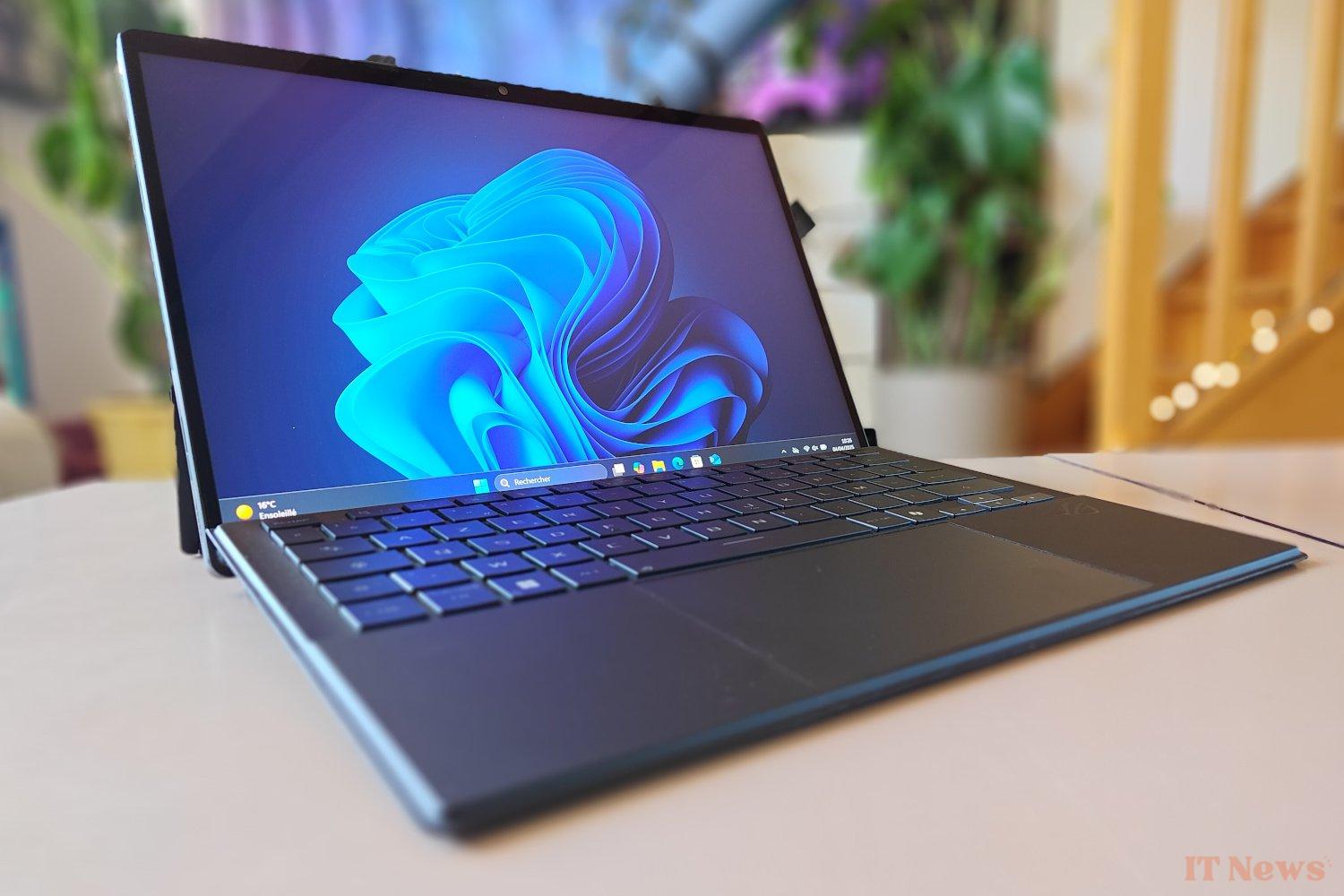
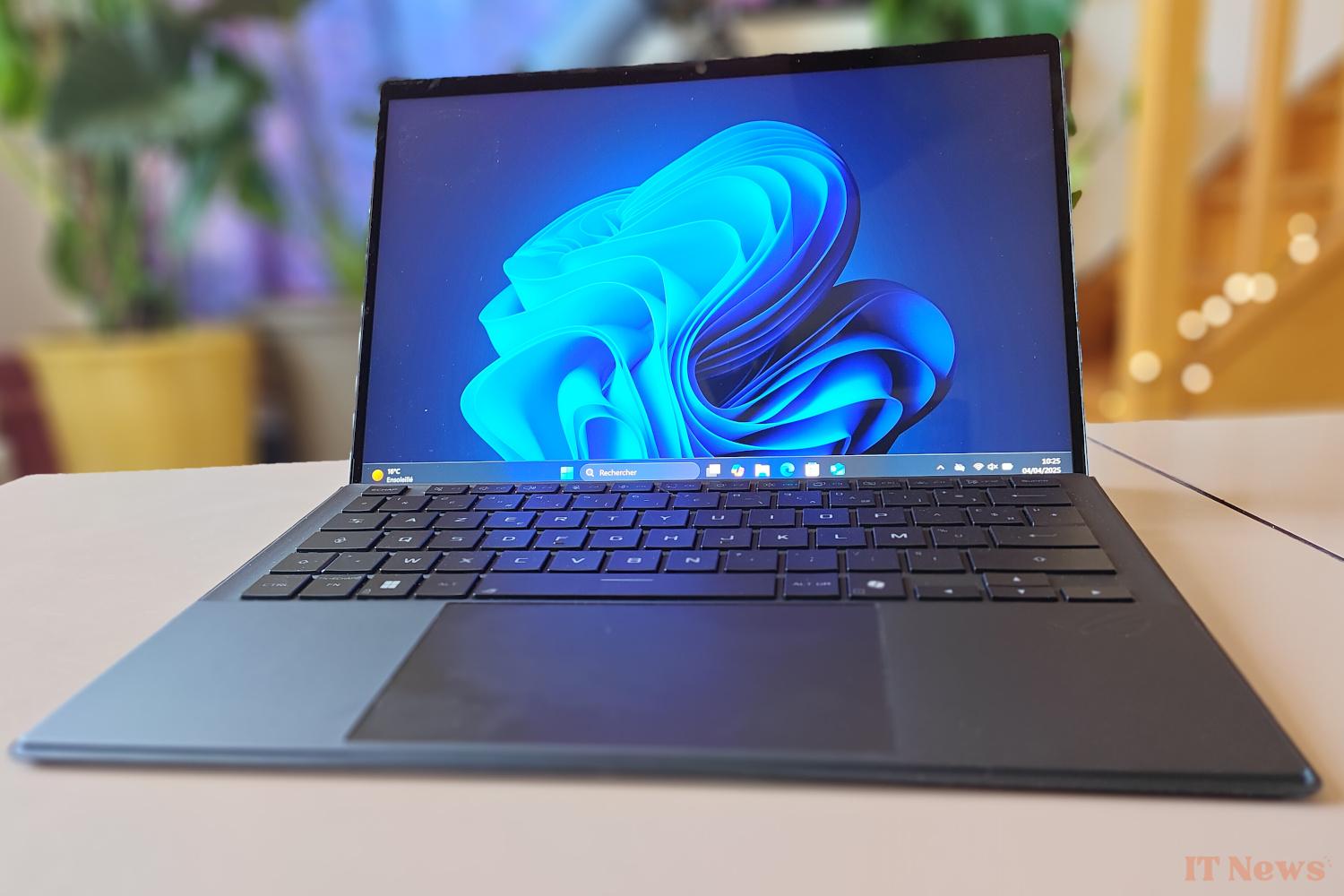
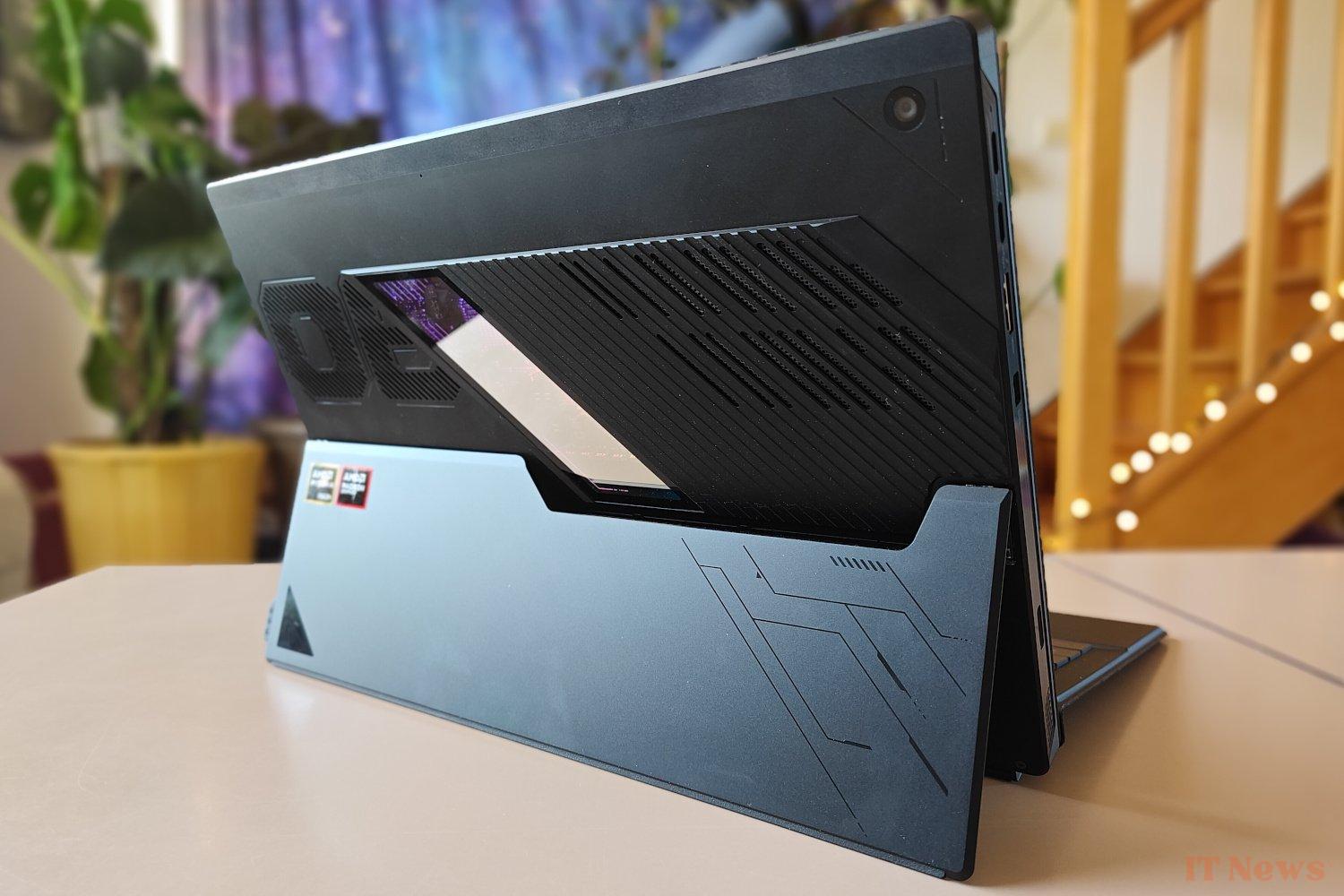
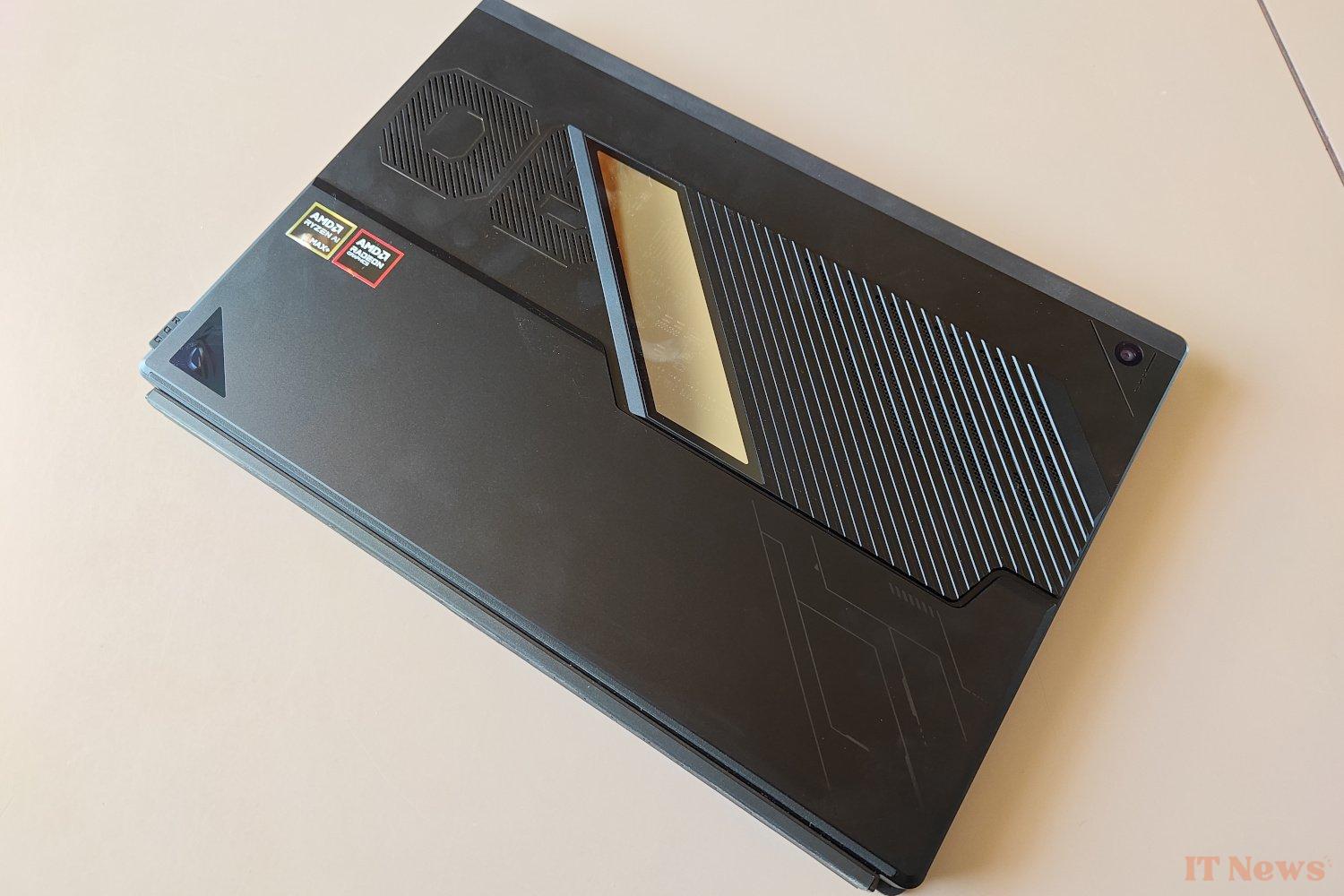
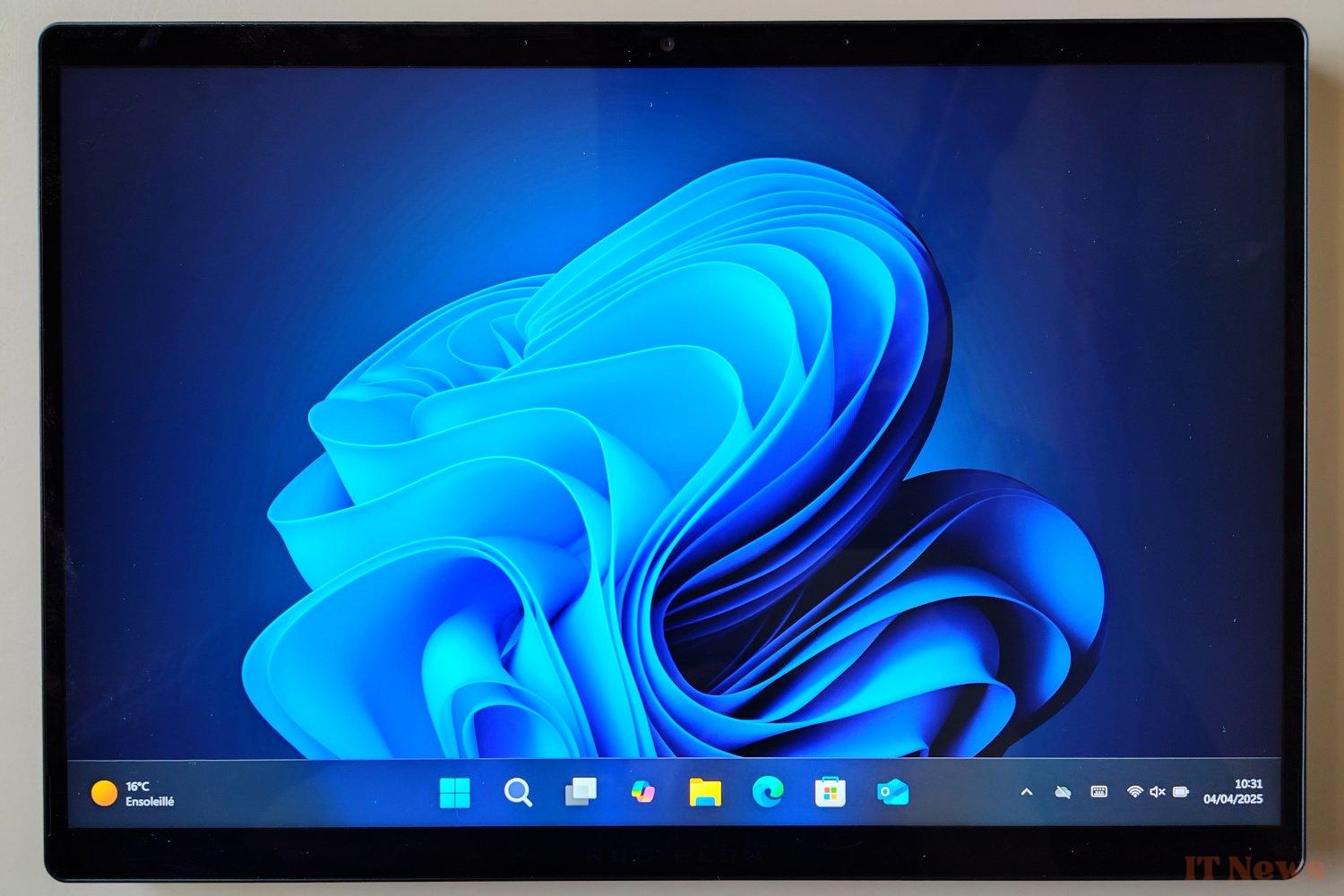

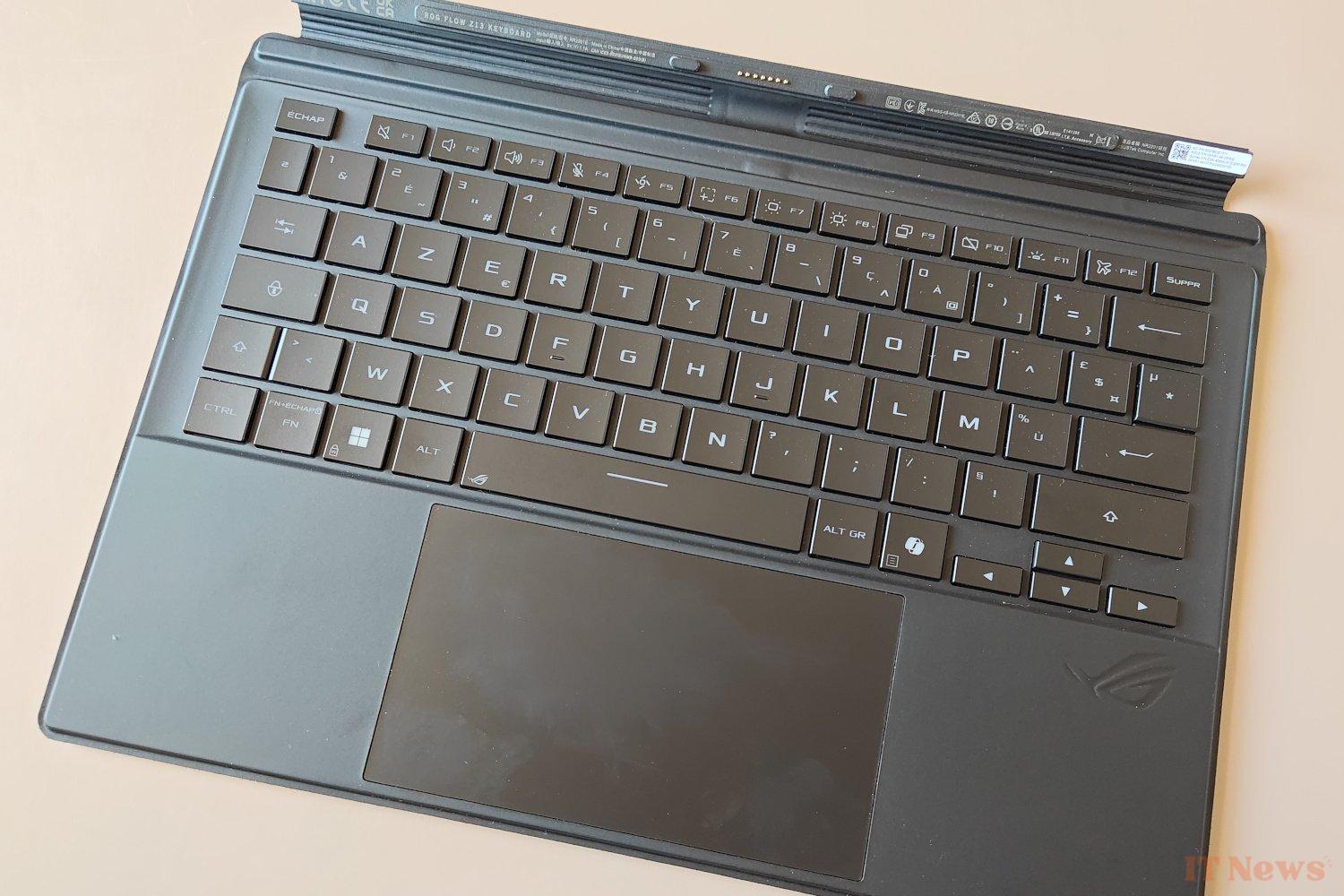

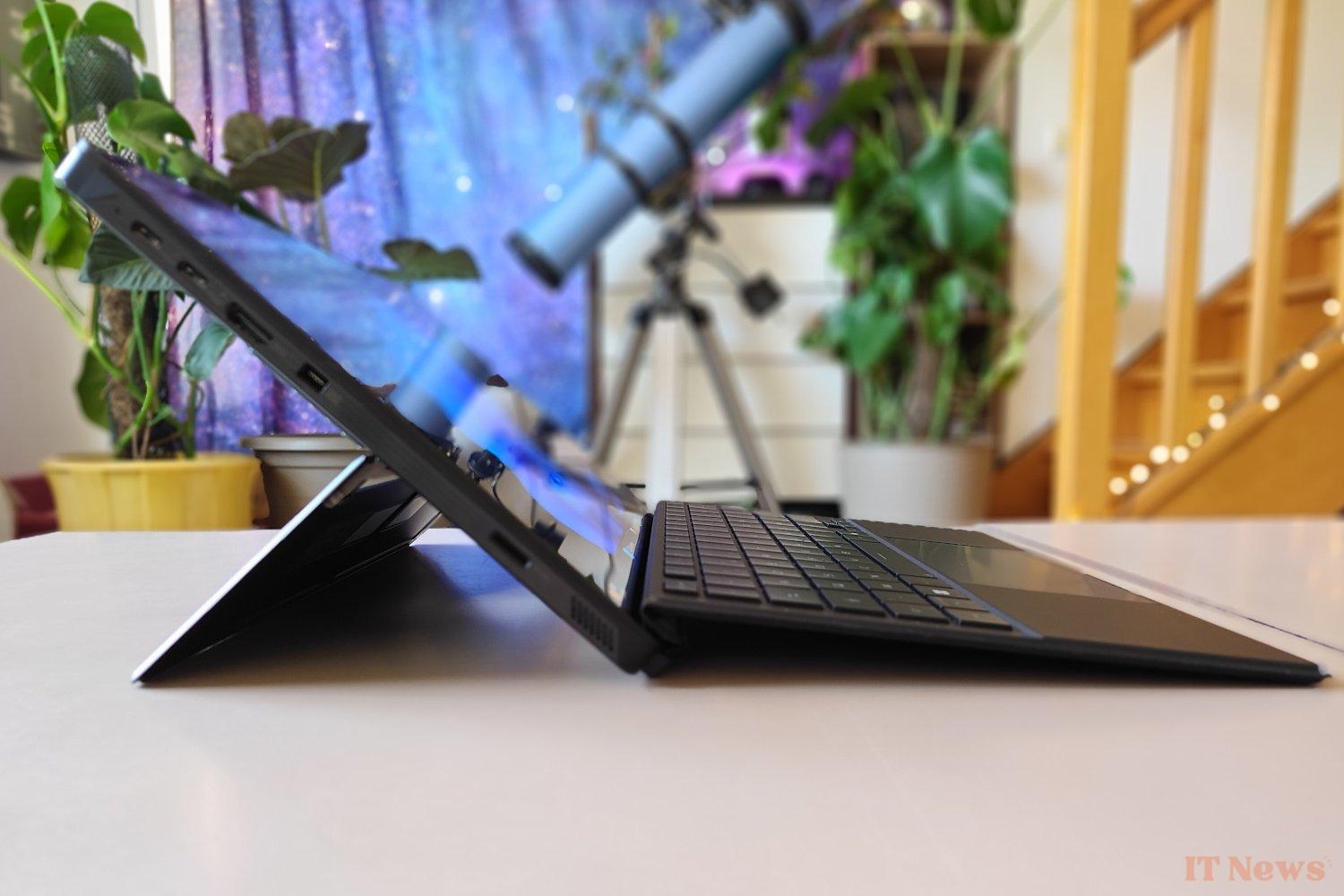


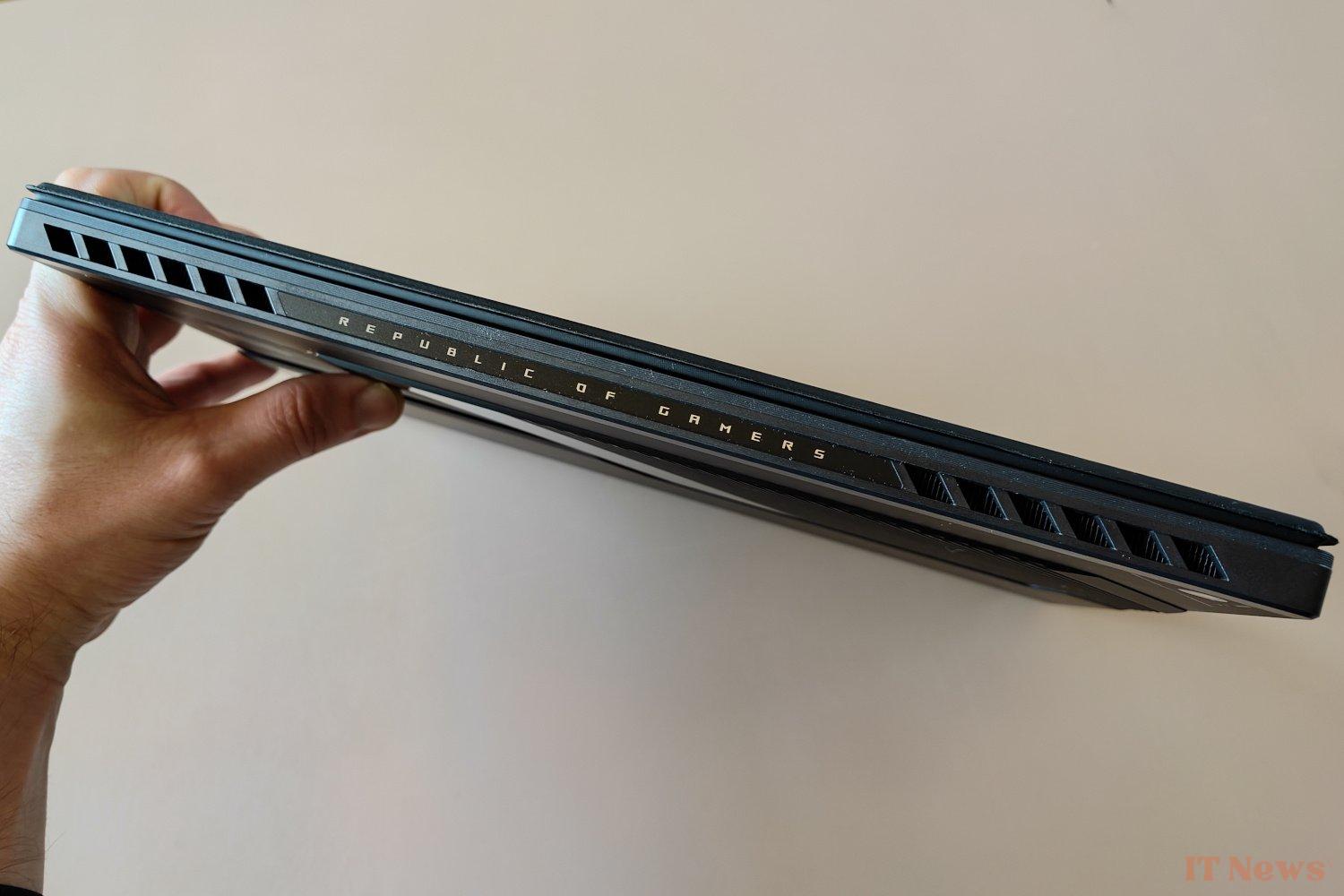
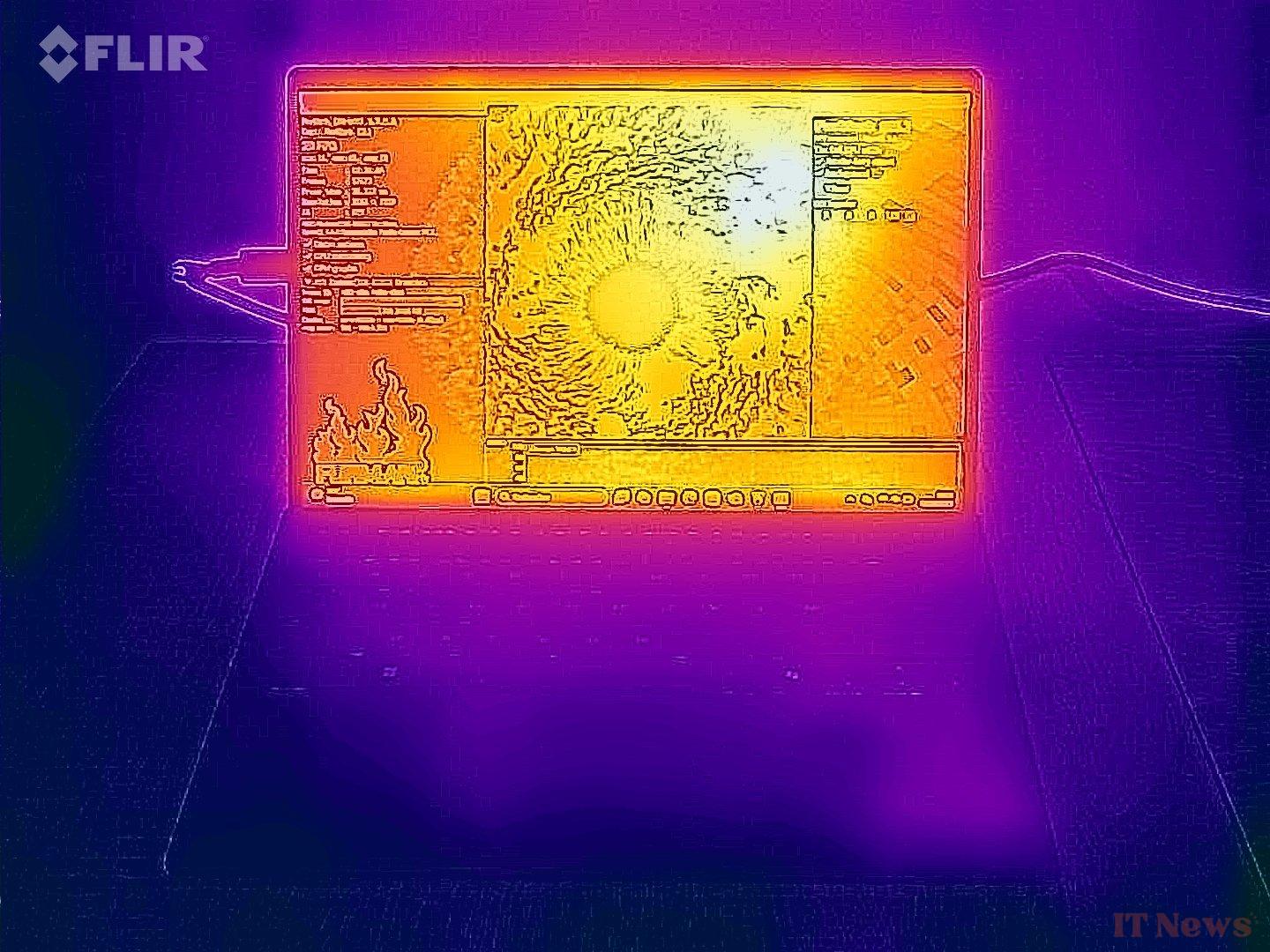
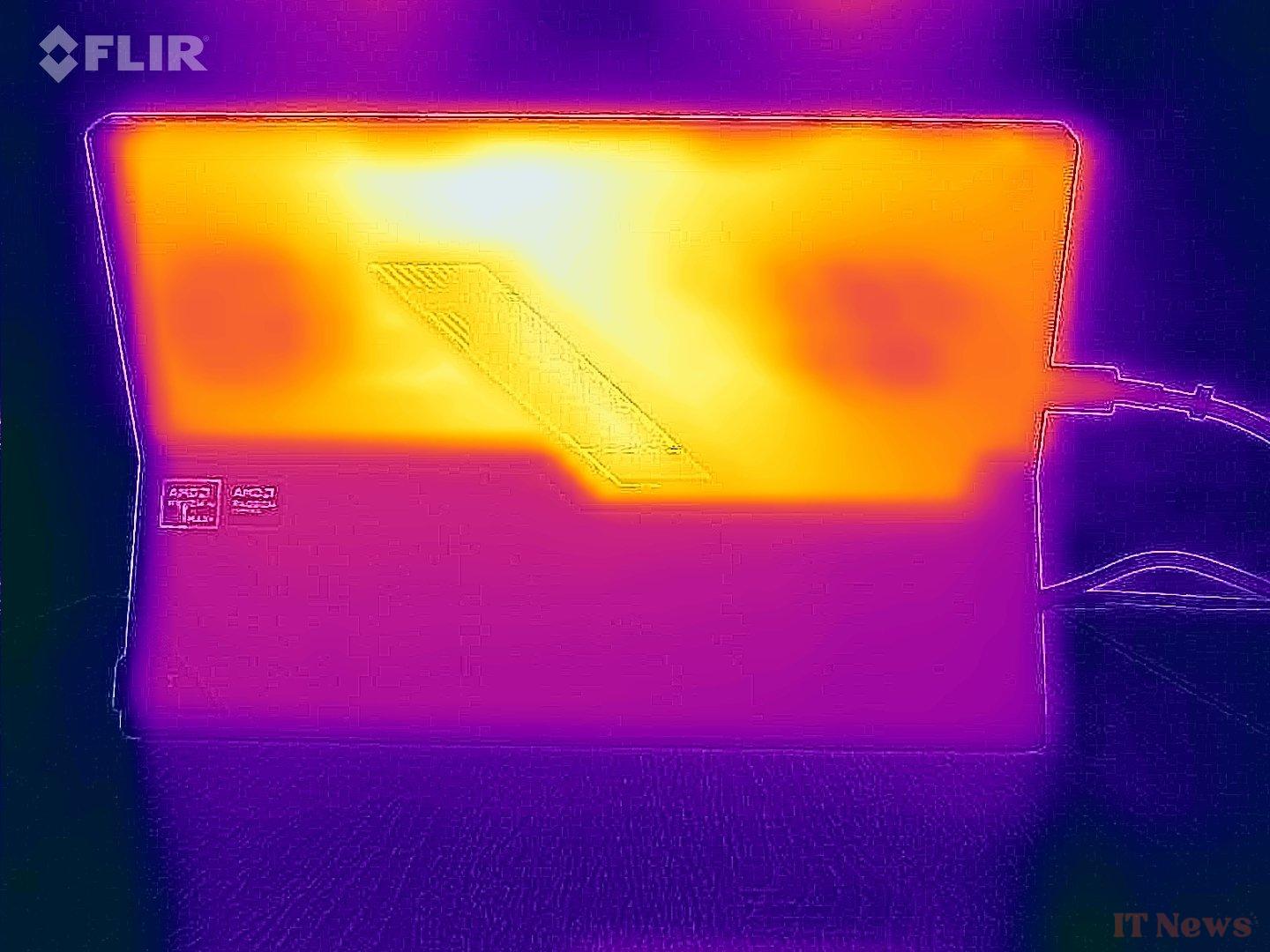

0 Comments